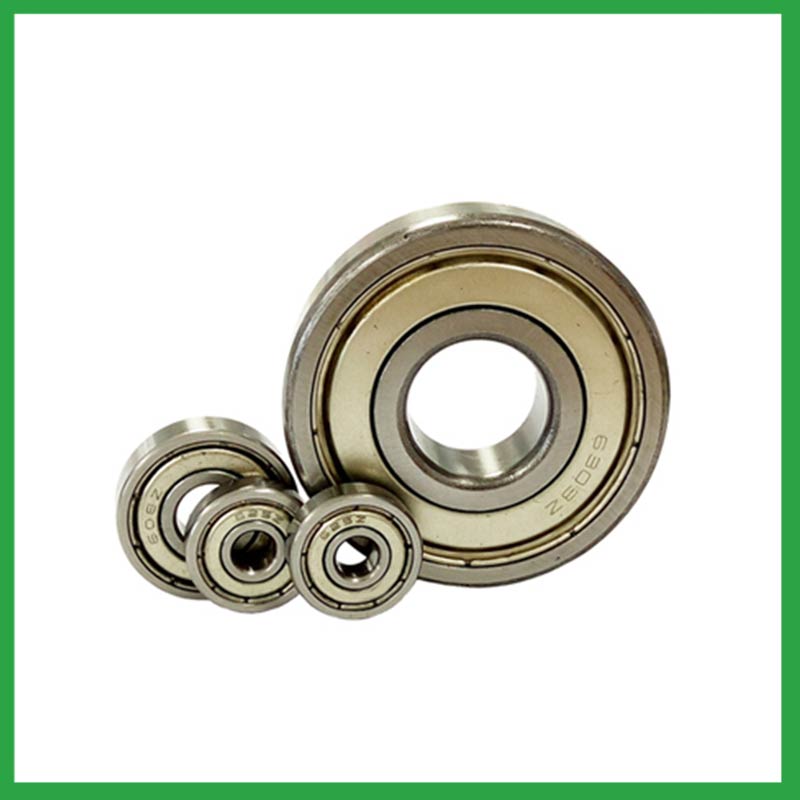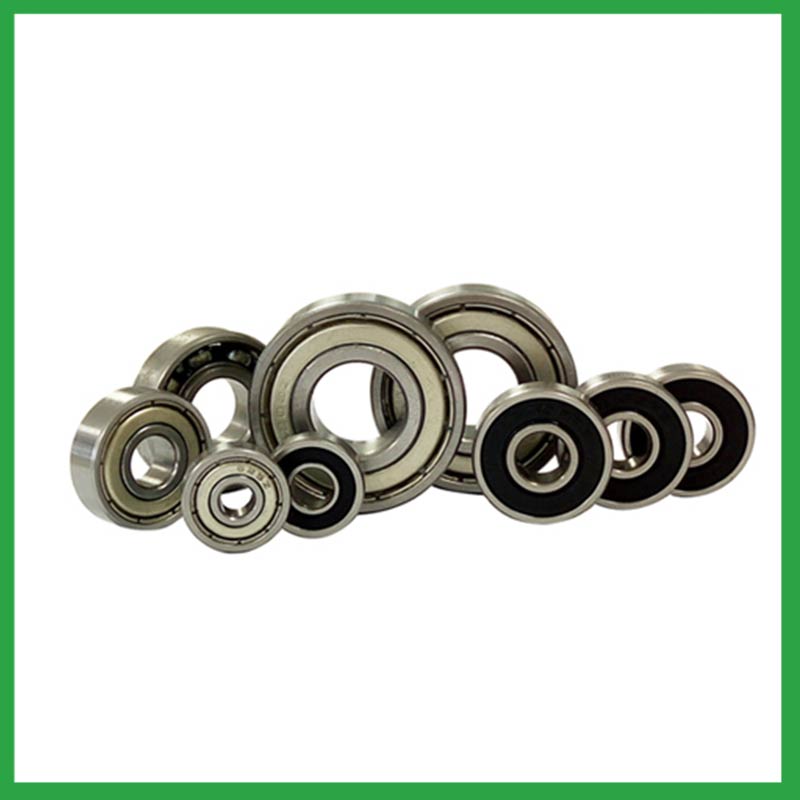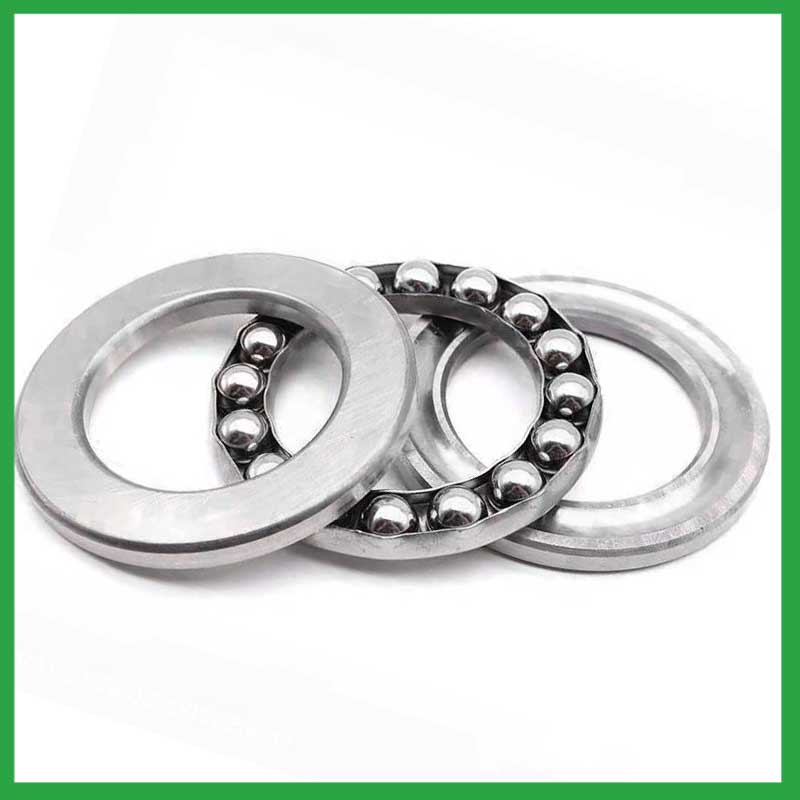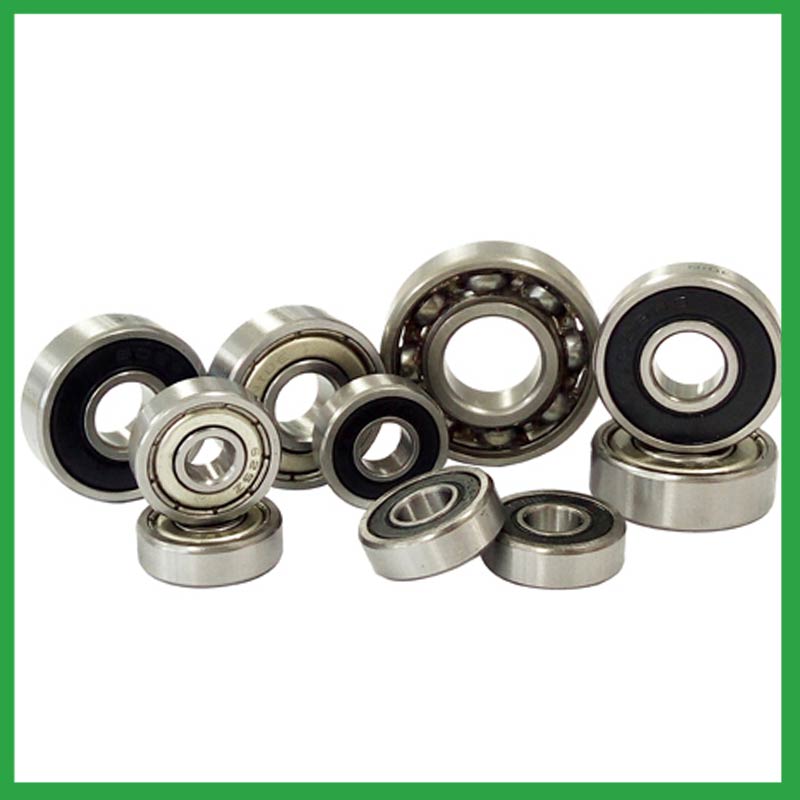PRODUCTS
CONTACT US
Ningbo Nide International Co., Ltd.
一一
· Contact person:Jack Zeng
· Mob/Whatspp/WeChat:0086-13738869026
· Email:emarketing@nide-group.com;marketing4@nide-group.com
· Add:No. 169, Wohushan Road, Daqi Subdistrict, Beilun District, Ningbo, China

Nide team could manufacture ball bearing as per customer’s drawing and samples.
If customer only has samples, we could also design drawing fo r our customer.
We also provide customized service.
Our ball bearing is widely applied the different industrials.
Established in 2010, Haishu Nide International is a modern enterprise specializing in the production of high-density bearings, with a factory area of over 9000 square meters. We have an excellent staff team, excellent production lines, and complete testing methods. Our main products are spherical roller bearings, cylindrical roller bearings, thermal protector,shaft,carbon brush,fan,insulation paper,ball bearing,motor cover and lamination, etc.
At present, our products have been sold to Europe,Africa,Oceania and other regions, as well as more than 50 countries and regions such as Laos,Holy See (Vatican City),Ethiopia,Gambia. Strict quality control system, plus strong technical team allow us to offer the reliable machines to our customers. The philosophy of ” Service, Profession, Prompt, Innovation” help us to win the customer favor.

| Parameter | Information |
|---|---|
| Product Name | ball bearing codes explained |
| Brand Name | NIDE |
| Place of Origin | China |
| Material | ceramics, etc. |
| Structure | Deep Groove |
| Color | Customized Color |
| Delivery Time | 5-7days |
| Port | Ningbo/Shanghai |
| Export region | Asia,America,Africa |
| Export Country | India,Brazil,South Korea,Cote d'Ivoire,Central African Republic,Kiribati,Georgia,Swaziland...etc |
| Application | aviation engines, etc. |
| OEM/ODM | Support |
| Size | Customized size |
| Stock | In Stock |
| Feature | Strong carrying capacity,High speed...etc |
| MOQ | 10 pieeces(Specific according to the model) |
| Certification | ISO9001,CE-stator coil forming machine,CE-stator coil winding machine,etc |
| Supply Ability | 100000-500000 Piece/Pieces per Month |
| Lubricate | Oil Grease |
| Packaging Details | Suitable for sea transportation |
| Lead time (days) | 15-20 (To be negotiated) |
Please note: The above table data is for reference only. For specific information, please contact us.
ball bearing codes explained can be used in household appliances, such as washing machines,barrel machine spindle bearings,vegetable cutters,mixers, etc; It can also be used in industrial fields, such as weaving machine spindle bearings,weighing machines,bearing cabinets,reducers, etc.
Before use, the model, size, and design of the ball bearing should be confirmed to ensure suitable application;
During installation, the installation load of the ball bearing should be minimized as much as possible to avoid unnecessary damage;
The bearing shaft and the bearing frame should be stable at the same time to avoid excessive tension.
Ball bearings have many advantages, making them highly competitive in the market.
Firstly, they are very durable and have good wear performance, making their service life longer than many other types of bearings.
Secondly, they are easy to install and can provide low friction performance in various applications.
Thirdly, they require a relatively low level of maintenance, making them cost-effective.
In addition, compared to many other types of bearings, their purchase cost is relatively low, making them an economical choice.




ball bearing codes explained---FAQs Guide
2.How do cage materials and designs impact ball bearing codes explained performance and stability?
3.Can ball bearing codes explained be used in both vertical and horizontal orientations?
4.As a ball bearing codes explained manufacturer,How Can We Guarantee Quality?
5.Are there self-aligning ball bearing codes explained that accommodate misalignment and shaft deflection in rotating equipment?
6.Can ball bearing codes explained be customized with special coatings or treatments to meet specific industry standards or regulatory requirements?
7.Are there miniature ball bearing codes explained designed for use in precision instruments and small-scale mechanisms?
8.What are the common materials used in ball bearing codes explained manufacturing?
9.As a ball bearing codes explained manufacturer,Your product certifications?
10.How do manufacturers ensure the quality and reliability of ball bearing codes explained through material selection and precision machining?
11.What are the advancements and innovations in ball bearing codes explained technology that have emerged in recent years?
12.What is the load distribution within a ball bearing codes explained, and how does it vary between different bearing configurations?
13.How do sealed ball bearing codes explained prevent the ingress of contaminants and extend the bearing's service life?
14.Are there ceramic ball bearing codes explained designed for specific applications requiring high-temperature or corrosion resistance?
15.How do cage designs affect ball bearing codes explained speed and acceleration capabilities in high-speed machinery?
1.How do ball bearing codes explained provide smooth and controlled motion in various mechanical systems, such as conveyor belts or automobiles?
In essence, ball bearing codes explained operate on the principle that it's far more efficient to roll over surfaces than to slide, thereby significantly reducing friction and facilitating smooth movement of machinery parts.
2.How do cage materials and designs impact ball bearing codes explained performance and stability?
As the core component of rotating machinery, the performance and reliability of high-precision ball bearing codes explained directly affect the overall performance and life of the machine and instrument . The increase of the rotational speed will aggravate the collision and friction of the cage, which will lead to the decrease of the rotational stability of the cage. The unstable movement of the cage could in turn lead to more severe collision and wear, thus reducing the life and reliability or even the destruction of the bearing.
Therefore, it is very necessary to study the cage stability to guarantee the stable operation of bearings. However, the dynamic characteristics of the cage is very complex. Parameters such as load, rotational speed and lubrication may affect its kinematic and tribological conditions, which leads to the change of its motion behavior.
3.Can ball bearing codes explained be used in both vertical and horizontal orientations?
Sleeve Bearings: Sleeve bearings, also known as plain bearings, employ a simple yet effective mechanism. A cylindrical sleeve separates the rotating shaft from the stationary portion of the bearing, reducing friction and enabling smooth rotation. Sleeve bearings are characterized by their quiet operation, cost-effectiveness, and suitability for horizontal mounting orientations.
Ball Bearings: Ball bearings introduce small metal balls between the moving parts, providing enhanced durability and reduced friction. This design allows for smoother and more efficient rotation, making ball bearings well-suited for high-performance applications and vertical installations.
4.As a ball bearing codes explained manufacturer,How Can We Guarantee Quality?
Always a Pre-production Sample Before Mass Production;Always Final Inspection Before Shipment.

5.Are there self-aligning ball bearing codes explained that accommodate misalignment and shaft deflection in rotating equipment?
These ball bearing codes explained are particularly suitable for applications where misalignment can arise from errors in mounting or shaft deflection. A variety of designs are available with cylindrical and taper bores, with seals and adapter sleeves and extended inner rings.
6.Can ball bearing codes explained be customized with special coatings or treatments to meet specific industry standards or regulatory requirements?
Yes, ball bearing codes explained can be customized with special coatings or treatments to meet specific industry standards or regulatory requirements.
1. Corrosion-resistant coatings: These coatings are used to protect the bearings from corrosion caused by exposure to moisture, chemicals, and other corrosive substances.
2. High-temperature coatings: These coatings are used to improve the thermal stability and performance of bearings in high-temperature environments.
3. Food-grade coatings: These coatings are specially designed for applications in the food and beverage industry, where bearings come into contact with food, beverage, or pharmaceutical products.
4. Anti-static and non-conductive coatings: These coatings are used to dissipate static electricity, which can cause damage to electronic components.
5. Specialized lubrication treatments: Bearings can be treated with specialized lubricants that meet specific industry standards or regulatory requirements.
7.Are there miniature ball bearing codes explained designed for use in precision instruments and small-scale mechanisms?
Miniature bearings, despite their small size, play a significant role in various industries and applications. These compact powerhouses, typically measuring less than one inch in outer diameter, offer exceptional precision, durability, and reliability. Miniature bearings find extensive use in precision instruments and robotics.
8.What are the common materials used in ball bearing codes explained manufacturing?
Most ball bearing codes explained are made of a type of steel known as high carbon chromium steel, often called chrome steel. This is used for reasons of cost and durability. Bearings are also made from other materials such as stainless steel, ceramics and plastic.

9.As a ball bearing codes explained manufacturer,Your product certifications?
ISO9001:2015 certificate,ISO 9001 Certification,CE-stator,etc.
10.How do manufacturers ensure the quality and reliability of ball bearing codes explained through material selection and precision machining?
High-precision measuring instruments, such as micrometers and gauges, are used to check the dimensions of the rings and balls to ensure they meet tight tolerances. Surface Finish Inspection: Surface finish is assessed using profilometers to ensure the required smoothness and low friction characteristics.
11.What are the advancements and innovations in ball bearing codes explained technology that have emerged in recent years?
Significant advancements have been made in ball bearing codes explained steels over the years. Modern, ultra-clean bearing steels contain fewer and smaller non-metallic particles, giving ball bearings greater resistance to contact fatigue.
12.What is the load distribution within a ball bearing codes explained, and how does it vary between different bearing configurations?
The load distribution between the rolling elements and raceway is crucial in performance evaluation of rolling element bearings. Determine the load distribution by measuring the strain response at the bearing surface with a notched housing. Finite element analysis shows that the introduction of notches does not affect the load distribution. An experimental system was developed to investigate the load distribution in a cylindrical roller bearing. The experimental static load distribution agrees well with the theoretical calculation. The dynamic load at specific position of load zone reflects the manufacture difference among rollers and dynamic balance of distributing loads.

13.How do sealed ball bearing codes explained prevent the ingress of contaminants and extend the bearing's service life?
Contact seals are a type of seal where the sealing lip physically touches the inner raceway of the ball bearing codes explained. They create a narrow line or zone of contact that forms a barrier to prevent the escape of lubricants and the ingress of contaminants. Because the seal keeps dirt and other contaminants out, it can offer a longer operating life of the bearing or prevent premature bearing failure. Sealed bearings can be considered lubricated for life, which eliminates the need for a relubrication process.
14.Are there ceramic ball bearing codes explained designed for specific applications requiring high-temperature or corrosion resistance?
Ceramic ball bearing codes explained are a special type of bearing made of ceramic materials, offering superior wear resistance, corrosion resistance, and high-temperature performance. They provide excellent performance in applications requiring high speeds, high temperatures, and resistance to corrosion.
15.How do cage designs affect ball bearing codes explained speed and acceleration capabilities in high-speed machinery?
In high-speed ball bearing codes explained, external load has a great effect on cage stability and sliding ratio, especially for the bearings at work in the starting process. The cage stability is worse in the beginning of the bearing starting process. The axial load greatly influences cage dynamic performance in the bearing starting process.
In addition, while ball bearings worked under steady conditions, axial load and radial load both have a great influence on cage dynamic performance. The effects of axial load on cage dynamic performance during the bearing starting process are opposite from the effects under steady conditions.

